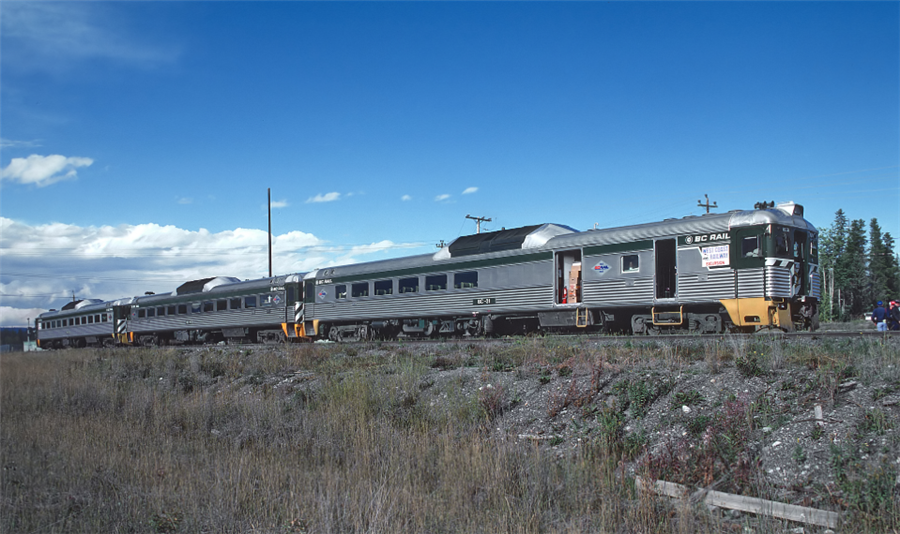Sun Metals Corp. added to Oxygen Capital’s fold

In the past year, Vancouver’s Oxygen Capital has raised $83 million for the startup mining companies in its stable.
Most of that money would have been spent outside of B.C. on exploration and development, because until just recently, all of the companies that Oxygen has launched have been focused on later-stage exploration and discovery projects outside of B.C.
But Oxygen Capital now has a B.C. company in the fold – Sun Metals Corp. (TSX-V:SUNM).
That bodes well for B.C. because the team behind Oxygen Capital has a history of bringing late-exploration-stage projects to discovery and production.
“Two of the last seven heap-leach mines were found or built by our team,” said Donald McInnes, one of Oxygen Capital’s co-founders.
This project is really something that fits very well in the wheelhouse of Oxygen Capital
“It’s this track record of success – being able to do it again and again and again – being able to finance risk capital, being able to put teams together, that gives you a really big head start.”
On May 8, Sun Metals debuted on the TSX Venture Exchange through a reverse takeover of a shell company. It is the fourth company to be launched by Oxygen Capital.
Oxygen has tapped Steve Robertson – former vice-president of corporate affairs for Imperial Metals (TSX:III) – to head the new company as its CEO.
Oxygen Capital was founded by Mark O’Dea, Sean Tetzlaff and McInnes, following their $2.3 billion exit in 2011, when they sold Fronteer Gold to Newmont Mining Corp. (NYSE:NEM).
O’Dea also founded True Gold, which sold the Karma gold project in Burkina Faso to Endeavour Mining Corp. (TSX:EDV) in 2016 for $240 million.
More recently, Alterra Power, which was formed through a merger with the McInnes-founded Plutonic Power, sold to Innergex Renewable Energy Inc. (TSX:INE) earlier this year for $1.1 billion.
All the other companies in the Oxygen Capital stable – Pure Gold (TSX-V:PGM), Liberty Gold (TSX-V:LGD) and Discovery Metals Corp. (TSX-V:DSV) – are focused on projects outside of B.C.
Sun Metals is focused on developing the Stardust project, a polymetallic deposit (copper, silver, gold, lead, zinc) northwest of Fort St. James with a significant exploration history.
“This project that we’ve been able to acquire is really something that fits very well in the wheelhouse of Oxygen,” Robertson said. “It’s a data-rich project; it’s got a big history of exploration.”
The property has already had about 400 holes drilled on it – about $25 million worth of exploration work.
“While almost 400 drill holes sounds like a lot, to complete a feasibility study on an underground mine, you probably need more like 1,000 drill holes before you make an investment decision,” McInnes said.
The company will need to prove there are at least 10 years of productive mining at Stardust, which McInnes said would likely be a high-grade underground mine similar in scale to the Myra Falls mine on Vancouver Island.
“Generally, people don’t want to build a mine unless you’ve got a minimum of a 10-year mine life in front of you,” McInnes said. “So we’re looking to see, can we find enough ore to sustain it at a minimum 10-year mining operation? And if we’re lucky we’ll be able to find something that will last a lot longer.”
He notes Myra Falls went into production in 1969 with an estimated 10-year mine life and is still producing.
In going public with Sun Metals, Oxygen raised $6.5 million through private placements, and the company plans to launch a $5 million drilling and geophysics project this year.
Under the terms of its purchase agreement with Stardust’s owner, Lorraine Copper Corp. (TSX-V:LLC), Sun Metals is obliged to spend $6 million on the project, at which point it can acquire the property by issuing 30% of Sun Metals’ shares to Lorraine shareholders.
To date, exploration on the property has shown a 2.2-kilometre corridor of mineralization that Robertson describes as unusual.
“It’s not very common to be able to acquire a project like that, not only in B.C. but anywhere in the world,” he said. “The geological features we have at Stardust put it into a very unique category of rare deposits in the worldwide spectrum.
“We’ve only found one 2.2-kilometre-long corridor. We have a feeling that there may be more of them to find as well.”
{{ commodity.name }}
{{ post.title }}
{{ post.date }}


Comments